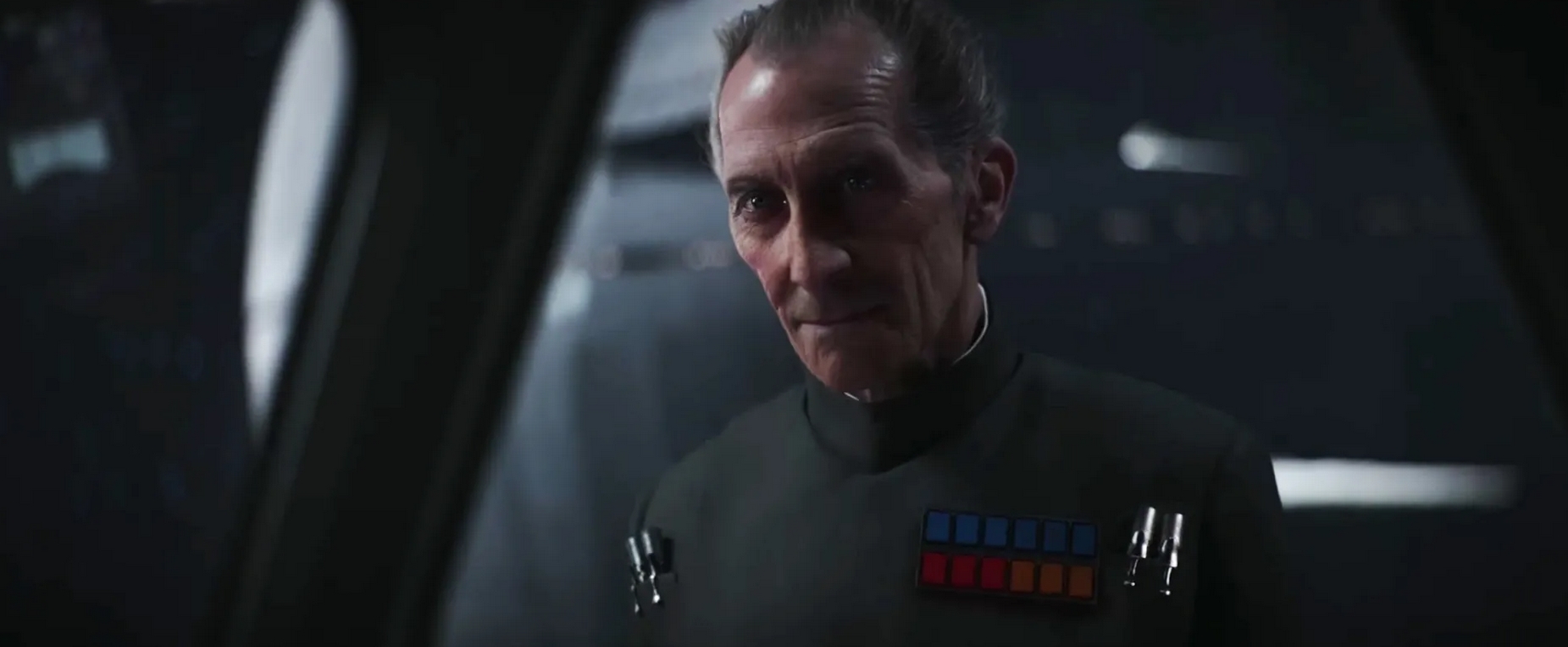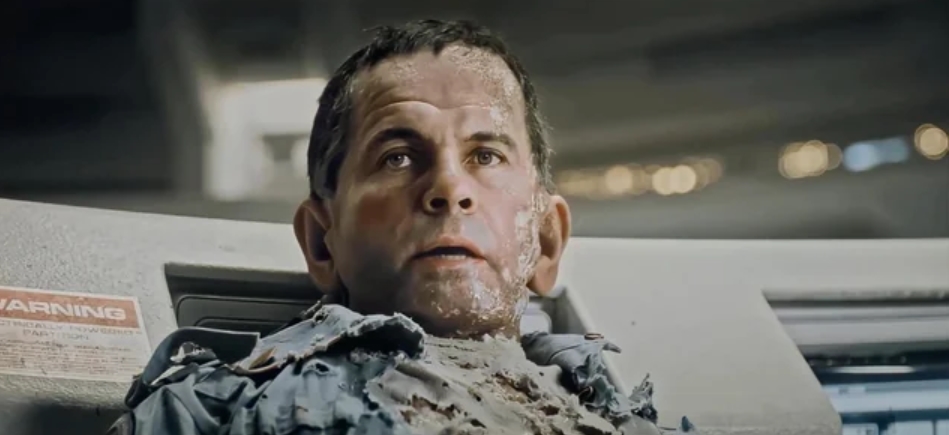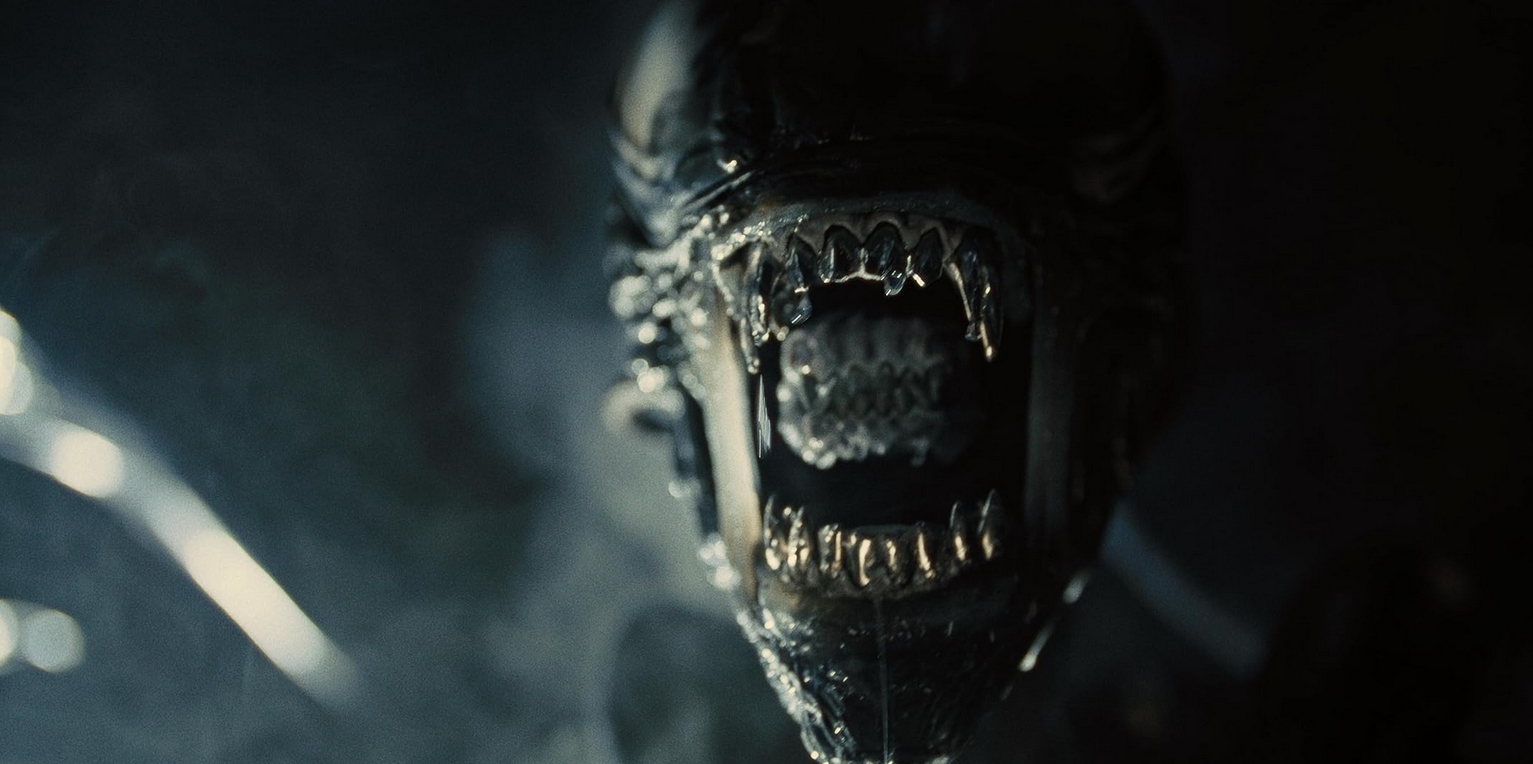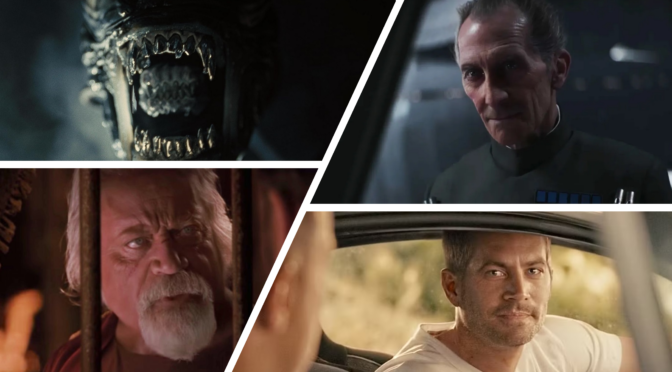You would have to live under a rock or be terminally offline not to notice the recent surge in artificial intelligence use. The A.I. platform ChatGPT responds to user input using machine learning, analysing language used on social media platforms and other sites such as Wikipedia and Reddit, to name some sources from which it effectively ‘steals’. The technology threatens to leave the written media industry in tatters, as this generative technology has sped up the construction of sentences and paragraphs. It has become cheaper for companies to utilise A.I. than journalists and copywriters whose linguistic skill was once valued over content churning. Those jobs – that provide real human beings with the financial income to put food on the table – have been lost to it or similar technologies. Within academia, its use has proven to be a sticking point for institutions, as students turn to A.I. for their essays, effectively committing plagiarism in the process.
In Hollywood, A.I. has reared its ugly head in recent years with ‘deepfake’ technology, with productions digitally reanimating actors as their characters. The Star Wars spinoff from Gareth Edwards, ROGUE ONE, brought the long-dead Peter Cushing back to play Grand Moff Tarkin. Morally and ethically speaking, using the likeness of someone who passed away without their direct permission doesn’t just feel repulsive, but evil.
However, evil rarely perceives itself as such when profit is obtainable, and the production companies behind this technology think they’re perfectly fine to use it. One can assume that these companies believe audiences desire this because the films that incorporate it have generally made money hand over fist. Those proceeds may have been an accurate measurement of desire had the technology not been incorporated within franchises with marketing budgets not dissimilar to the production budget itself. So, upon whose shoulders does it fall to say that these digital resurrections are ethically repugnant? I’d argue that it is the film critic.

“Morally and ethically speaking, using the likeness of someone who passed away without their direct permission doesn’t just feel repulsive, but evil.”
The critical profession is tricky to pin down in the contemporary context with the rise of influencers and the “mutation” of the profession courtesy of hobbyist reviewers, as British film critic Mark Kermode calls it in his 2013 book Hatchet Job. Critics and reviewers operate in different circles in the profession. Film ‘reviews’ are documents of the film at the time of release and are more consumer-oriented. They emphasise recommendation rather than film ‘criticism’, of which the language and vernacular imposed are rooted in Film Theory and history, alongside any actor’s oeuvre and place within the cultural zeitgeist. But what must be a resolute, firm pillar of anyone who discusses movies is honesty. The film critic – and the film reviewer in their own way – defines culture as a perceived arbiter of taste. In recent years, audiences have chosen not to engage with the words of a critic but instead place value in aggregated metrics. They value the ‘Letterboxd curve’ on the film diary site Letterboxd, or they use the percentage of critics who liked the film enough to award it a plump, juicy “fresh” on Rotten Tomatoes as a signifier of whether they should watch the film.
But as arbiters of taste, film critics can and should be champions of the marginalised – those affected by sex, race, class or any number of things that ‘other’ a person – and it is up to critics to declare the execution of deepfake technology as heinous. Critics must be a caped crusader set to rescue the dead from the nonconsensual digital puppeteering of their bodies. You don’t get that “critically acclaimed” first feature without critics. Critics are first on the scene and, as fundamental and intrinsic cogs in the cultural machine, set the tone for the film’s reception. However, the prevalence of ‘spoiler culture’ presents a problem in fulfilling this role:: describing and writing about the existence of deepfake characters is perceived as ruining the viewing experience. The critic’s ability to call out this immorality is obstructed by a widely-held belief they should preserve the surprise of a returning character, even if their existence is artificial and worthy of critical evaluation.
ALIEN: ROMULUS is a notable, recent example of employing such technology and where film critics came under fire for so-called “spoilers”. The film contains multiple scenes with the body and face of an android named Rook. Within the ALIEN universe, synthetics are produced en masse and with similar likeness – Michael Fassbender performed as an android in 2012’s PROMETHEUS named David, and then again as a same-but-different android, Walter, in ALIEN: COVENANT. Rook has the same likeness as the synthetic from 1979’s ALIEN, Ash. Played by Ian Holm in the original, who passed away in 2020, his likeness has been pressed onto a ghoulish digital canvas. ALIEN: ROMULUS director Fede Àlvarez spoke to Entertainment Weekly, declaring that the effect is achieved through “a combination of animatronics built to resemble Holm and actor Daniel Betts performing his lines.” One can’t help but think this is a puff piece; Holm’s appearance in the film never sells itself as animatronic, its digital mouth moving in unnatural and unnerving ways.

“The critic’s ability to call out this immorality is obstructed by a widely-held belief they should preserve the surprise of a returning character, even if their existence is artificial and worthy of critical evaluation.”
The Guardian and IndieWire were accused online of spoiling aspects of the film, undoubtedly referring to their mentioning of Holm’s necromantic deepfake. However, David Ehrlich’s IndieWire review stated, in regards to Holm’s digital appearance, that “the uncanny horror of watching [ALIEN: ROMULUS] zombify a certain actor is much, much scarier than anything else that Álvarez is able to put on screen.” Peter Bradshaw’s Guardian review was a little more cavalier but never indicative of who returns, citing that it “very startlingly, brings back a major character from the 1979 [ALIEN], the actor involved having perhaps signed away CGI image use rights at the time”. None of these explicitly outline the extended cameo of Holm’s artificial presence but are instead criticisms of the existence and use of the technology. However, even if they did mention Ian Holm explicitly, critics must and should mention this practice in reviews if we are to let our capitalist overlords know that it is a practice we don’t think is morally, ethically or even an entertaining aspect of the film.
The presence of a CGI/animatronic hybrid of a dead actor is not always the repugnant practice that it is within ALIEN: ROMULUS, with it being deemed necessary by directors in certain situations. Famously, the late Oliver Reed was recreated posthumously for GLADIATOR after his death during production; such is the case with Paul Walker also, who died before finishing shooting FURIOUS 7 and was resurrected using his brother as a body double with CGI facial reconstruction. The difference between Ian Holm and these examples is in the intention behind it. Reed, for example, was written around for certain scenes, with previous footage repurposed and the CGI limited to a necessary close-up. Walker’s CGI reconstruction was for a remarkably emotional send-off that worked as a eulogy for the character. The uncomfortable necromancy of Ian Holm in ALIEN: ROMULUS is appalling for many reasons, but mainly because it solely exists to pander, to inflict a pang of inauthentic nostalgia on audiences (the less said about an ALIENS callback in the same film, the better). There was no send-off, eulogy, or catharsis to Holm’s appearance. The insertion of Ash was capitalistic, faux-nostalgic pandering, and preventing critics from discussing it is surely a way of letting A.I. claim victory.

“There was no send-off, eulogy, or catharsis to Holm’s appearance. The insertion of Ash was capitalistic, faux-nostalgic pandering, and preventing critics from discussing it is surely a way of letting A.I. claim victory.”
The critic’s job is not to protect audiences from elements of the film but to contextualise and analyse them all critically. This analysis involves the text itself, the subtext within the film, and perhaps also the extra-textuality of the film. Critics cannot meaningfully critique or contextualise a piece of work if you strictly limit the analysis to a subset of the text, let alone not allow factors outside it – such as how generative A.I. is impacting the industry – to impact that analysis. If critics cannot provide a critical voice (especially for those who cannot speak for themselves) or question the status quo when it comes to indicting immoral and unethical practices for fear of spoilers or removal of access, that role as cultural arbiter is rendered meaningless. With ALIEN: ROMULUS seemingly greenlit for a sequel, we can assume that the hundreds of millions of box office dollars won’t inform these conglomerates of anything but the idea that it barely impacted their profit margin.
Critics cannot be handcuffed from discussing negative aspects of films in their reviews solely to respect the concept of spoiler culture. If we are to restrict their words, they become as hollow and meaningless as a deepfake performance.

